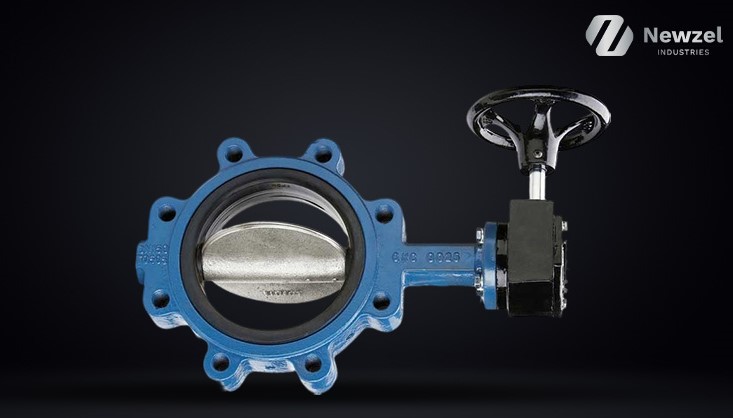Introduction
Actuated ball valves and butterfly valves are critical components in many industrial applications, including water treatment, power generation, and chemical processing. These valves regulate liquid and gas flow and are critical to the system’s overall efficiency. However, as with any mechanical system, ball valves and butterfly valves can fail over time if not properly maintained. In this article, we’ll cover the fundamentals of maintaining and troubleshooting actuated ball and butterfly valves. Whether you’re an experienced professional or just starting out, these suggestions can help you keep your valves running smoothly and avoid costly downtime.
Regular Inspection
The first step in maintaining a valve is to inspect it on a regular basis. Inspections can help discover possible problems before they become severe ones. Look for symptoms of leakage, corrosion, or wear and tear. Also, make sure that the actuator is working properly and that the valve stem is not broken. Any irregularities should be checked and resolved as soon as feasible.
Lubrication
Proper lubrication is essential for the smooth operation of ball and butterfly valves. Use a high-quality lubricant that is appropriate for the valve material and process fluid. Apply lubrication to the stem, packing, and seals on a regular basis. It will aid in reducing friction and wear, which can cause the valve to fail.
Valve Actuation
Actuation refers to the process of opening and closing a valve. Actuated ball and butterfly valves rely on the actuator to function properly. Ensure that the actuator is calibrated correctly and that the valve position feedback is accurate. Also, confirm that the actuator’s power source is adequate and that all wiring is intact.
Seals and Gaskets
Seals and gaskets on valves are crucial components that prevent leaks and ensure system integrity. Check the seals and gaskets on a regular basis for signs of wear and damage. Replace any damaged or worn-out components immediately to avoid leaks or contamination.
Regular Cleaning
Cleaning your valves on a regular basis will help to avoid buildup and corrosion. Use a cleaning solution that is appropriate for the valve material and process fluid. Also, after cleaning, flush the valve with water or another suitable fluid to eliminate any remaining residue.
Troubleshooting
Even with regular maintenance, problems might still arise. Leaks, sticking, and inappropriate actuation are some of the most typical concerns with actuated ball valves and butterflies. If you have any problems with your valves, troubleshoot by inspecting the seals, lubrication, actuation, and cleaning. If you are unable to identify the problem, get professional assistance.
Maintaining and troubleshooting actuated ball and butterfly valves is crucial to your system’s overall efficiency. Regular inspections, lubrication, actuation, seals and gaskets, cleaning, and troubleshooting are all necessary actions to keep your valves in working order. By following these guidelines, you can help to avoid costly downtime and ensure the long-term durability of your valves.


